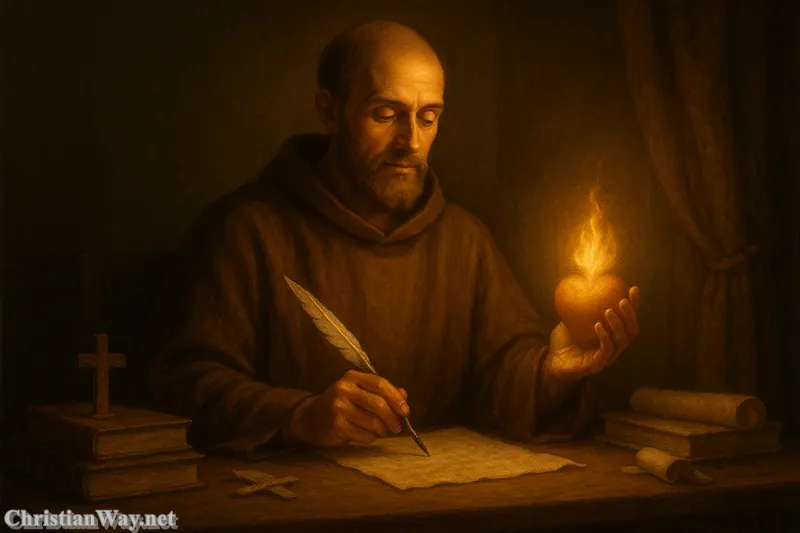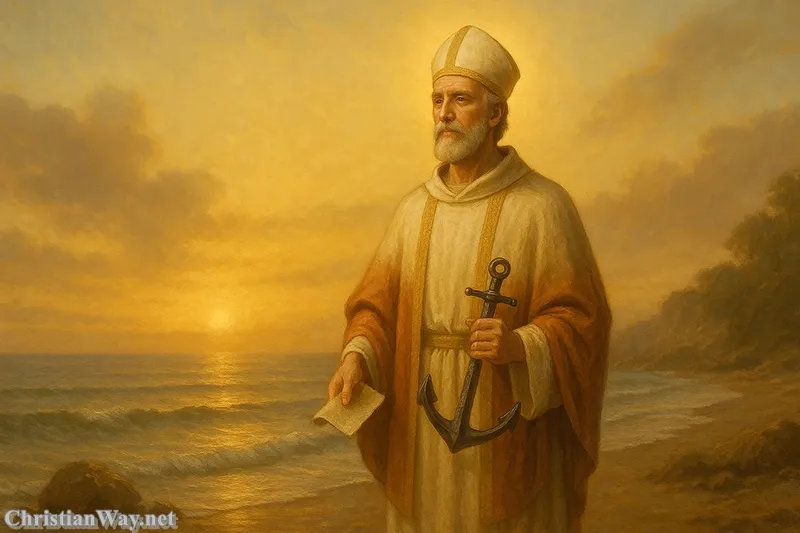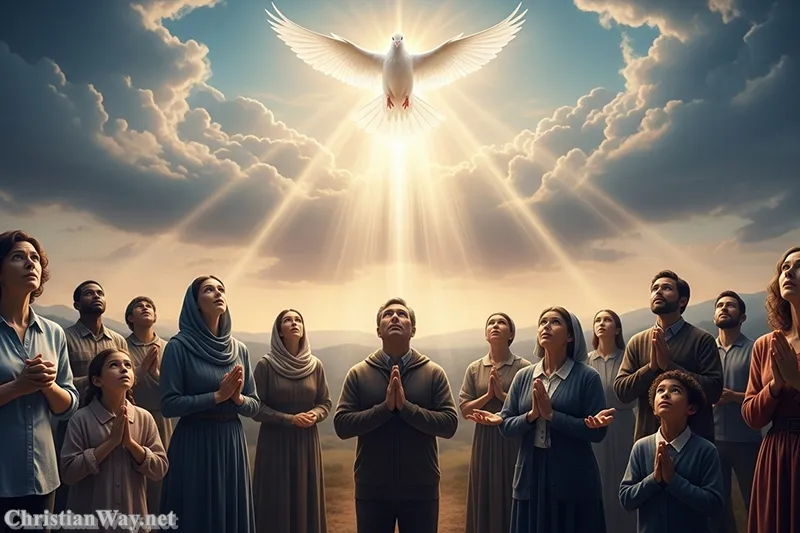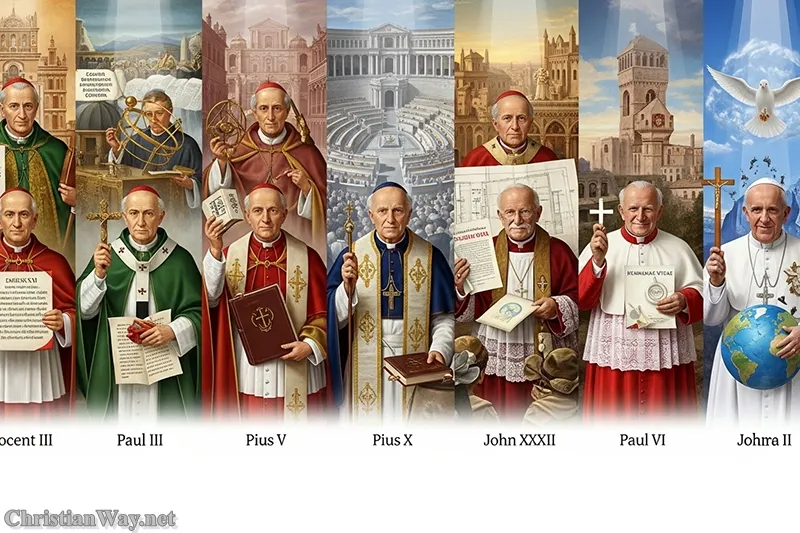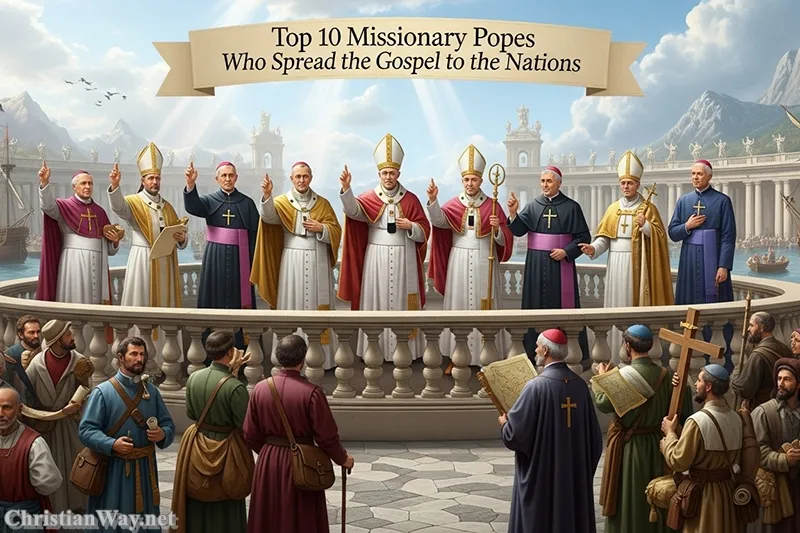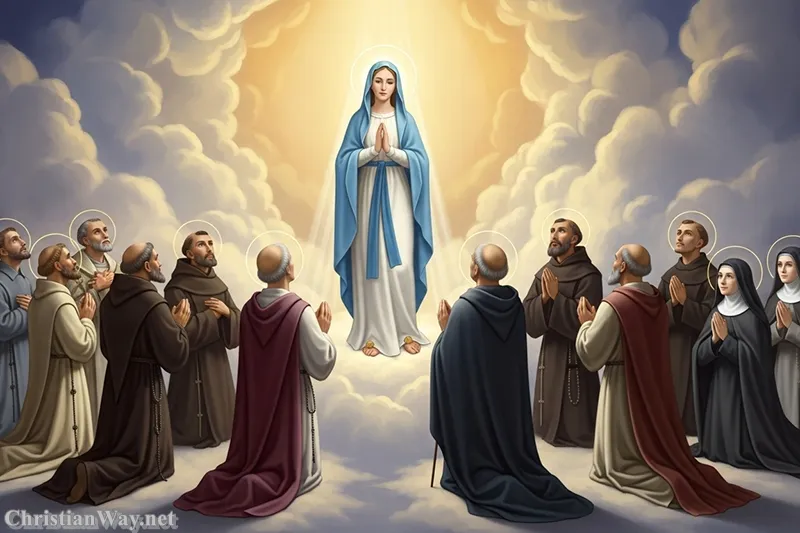Dear friends in Christ,
Throughout the history of the Church, God has entrusted the See of Peter to shepherds of every kind — some serving briefly, others for decades that changed the face of Christianity. The papacy, rooted in Christ’s commission to Peter — “Feed my sheep” (John 21:17) — has been both a spiritual and historical institution, guiding souls through empires, revolutions, and renewals.
Among the 266 successors of Saint Peter, a few have served with extraordinary longevity, offering decades of pastoral leadership and theological influence. Their reigns saw the building of cathedrals, the reform of doctrine, the navigation of wars, and the deepening of the Church’s global mission. These longest-reigning popes remind us that endurance in faith is not simply about time, but about perseverance in love, wisdom, and fidelity to Christ’s call.
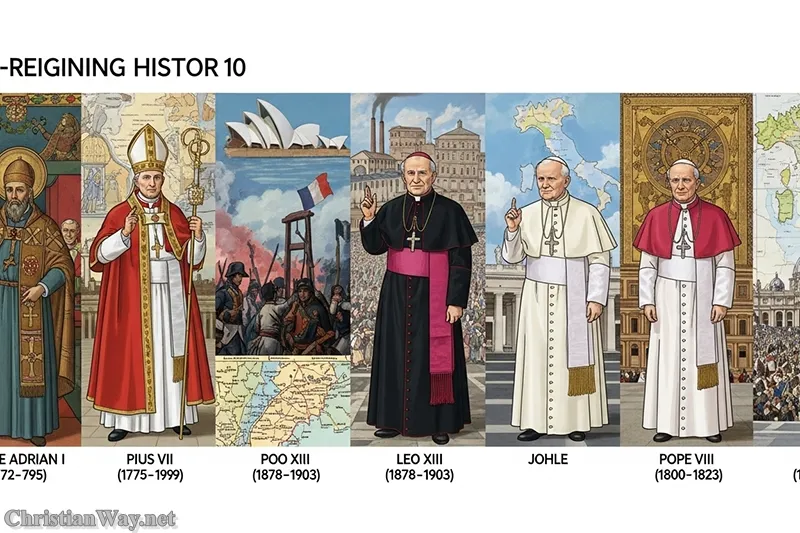
Let us journey through history to reflect on the ten longest-reigning popes — men whose years of service shaped not only the Catholic Church but also the very course of Western civilization.
1. Pope Pius IX (1846–1878) — 31 years, 7 months, 23 days
Pope Pius IX holds the record as the longest-reigning pope in the history of the Catholic Church. His pontificate began in a time of political upheaval and concluded in the dawn of the modern era. Known for his deep Marian devotion, Pius IX solemnly defined the dogma of the Immaculate Conception in 1854, declaring that Mary was conceived without original sin.
His reign also witnessed the turbulent loss of the Papal States during Italian unification, an event that profoundly changed the papacy’s temporal role. Yet, amid these struggles, he convened the First Vatican Council (1869–1870), which affirmed the doctrine of papal infallibility.
Though a man of the 19th century, Pius IX’s legacy still echoes today — a pastor caught between the ancient and the modern, clinging to faith as the world around him shifted forever.
2. Saint John Paul II (1978–2005) — 26 years, 5 months, 17 days
The modern world remembers him simply as “John Paul the Great.” His pontificate, one of the most beloved in modern times, spanned nearly three decades of profound transformation in both the Church and the world.
A philosopher, poet, and survivor of Nazi and Communist oppression, John Paul II became the first non-Italian pope in 455 years, leading with a charisma that drew millions — especially the youth — back to the faith. He traveled to more countries than any pope before him, bringing the Gospel to the ends of the earth.
John Paul II played a pivotal role in the fall of communism, particularly in his native Poland, and issued encyclicals that shaped Catholic teaching on human dignity, morality, and the theology of the body. His long reign gave the Church stability, direction, and inspiration in an era of doubt.
3. Pope Leo XIII (1878–1903) — 25 years, 5 months, 1 day
Following Pius IX’s monumental reign, Pope Leo XIII brought a gentler, intellectual spirit to the papacy. Often called the “Pope of the Workers,” he sought to reconcile faith with modern social realities. His landmark encyclical Rerum Novarum (1891) laid the foundation for modern Catholic social teaching, defending the rights of workers while upholding the moral order.
Leo XIII was a bridge between tradition and progress — a man who faced the industrial age with wisdom, calling humanity back to God’s justice. His long pontificate restored the Church’s moral authority and earned him respect even among non-Catholics.
4. Pope Pius VI (1775–1799) — 24 years, 6 months, 15 days
Pius VI led the Church during the chaos of the French Revolution, a period that tested both faith and reason. His pontificate was marked by deep suffering, as the Revolution’s anti-clerical spirit sought to dismantle the Church.
In his later years, Pius VI was even taken prisoner by French troops, dying in exile in Valence. Yet his endurance made him a symbol of spiritual perseverance amid persecution — a shepherd who never abandoned his flock, even when the world turned against him.
5. Pope Adrian I (772–795) — 23 years, 10 months, 25 days
In the early medieval era, Pope Adrian I guided the Church through a period of alliance and transformation. His friendship with Charlemagne helped forge the foundation of what would become Christian Europe.
Under Adrian, the Church strengthened its influence over Western Christendom, balancing spiritual leadership with political necessity. His long reign brought unity and structure during an age when faith and empire were intertwined.
6. Pope Pius VII (1800–1823) — 23 years, 5 months, 7 days
After the turmoil that ended with Pius VI’s death, Pius VII became pope in a world still trembling from revolution. His reign was defined by the tense relationship with Napoleon Bonaparte, who imprisoned him for several years.
Yet, Pius VII’s steadfastness impressed even his enemies. When Napoleon fell, the pope forgave him — a gesture of mercy that reflected the heart of the Gospel. His endurance in captivity and calm leadership restored dignity to the papacy and peace to the Church after years of turmoil.
7. Pope Alexander III (1159–1181) — 21 years, 11 months, 24 days
A pope of the High Middle Ages, Alexander III was both a theologian and a statesman. His long papal reign was marked by conflict with the powerful Emperor Frederick Barbarossa, yet he upheld the independence of the Church with courage.
Alexander presided over the Third Lateran Council (1179), one of the most significant councils of the medieval Church, which established new rules for papal elections and condemned abuses. His endurance as pope solidified the spiritual authority of Rome in an age of kings and empires.
8. Pope Saint Sylvester I (314–335) — 21 years, 11 months, 1 day
Sylvester I reigned during one of the most transformative periods in Church history: the legalization of Christianity under Emperor Constantine. Though often overshadowed by the emperor, Sylvester’s long reign guided the Church as it emerged from persecution into freedom.
He oversaw the building of major basilicas such as Saint John Lateran and Saint Peter’s Basilica, shaping the sacred geography of Christian worship. His pontificate was a dawn of light after centuries of darkness, a sign that endurance in faith bears fruit in God’s time.
9. Pope Saint Leo I “the Great” (440–461) — 21 years, 1 month, 13 days
Few popes have deserved the title “the Great” as fully as Leo I. His reign came at the twilight of the Roman Empire, a time of chaos and collapse. Yet Leo stood firm, defining the faith against heresies and affirming the unity of Christ’s divine and human natures at the Council of Chalcedon (451).
Famously, he met Attila the Hun in person, persuading him to spare Rome — a legendary act of courage that made him a symbol of moral authority. His long reign fortified the papacy as a beacon of stability amid a crumbling world.
10. Pope Urban VIII (1623–1644) — 20 years, 10 months, 8 days
Urban VIII presided over the Church during the age of Baroque art and scientific awakening. His reign encouraged the arts and architecture, leaving behind the grandeur of St. Peter’s Baldachin, sculpted by Bernini.
However, his pontificate was also marked by controversy — including the condemnation of Galileo. Yet his long service reflected a pope striving to balance faith and reason, tradition and discovery, in a world on the cusp of modernity.
The Enduring Thread of Papal Service
Looking across these ten pontificates, we see not only the longest-reigning popes but also the enduring mission of the papacy itself — to guard the faith, proclaim Christ, and shepherd the people of God. From persecution to prosperity, from medieval courts to global modernity, each of these men bore the same cross: the call to serve as Peter did, not for glory, but for love.
Longevity in the papacy has often allowed deeper pastoral influence — the ability to guide generations through continuity and patience. Yet, every papal reign, long or short, is but a chapter in the unbroken story of Christ’s promise:
“You are Peter, and upon this rock I will build my Church, and the gates of hell shall not prevail against it.” (Matthew 16:18)
Reflect and Pray
As we reflect on these long-serving successors of Peter, we are reminded that true endurance is not measured in years, but in faithfulness. Whether their reigns were marked by peace or persecution, every pope in history has carried the same burden — to love Christ’s Church unto the end.
May their witness inspire us to persevere in our own vocations, to serve with steadfast hearts, and to trust that God’s timing is always perfect.
“Those who wait for the Lord shall renew their strength; they shall mount up with wings like eagles.” — Isaiah 40:31
May the Lord, who guided His Church through centuries of shepherds, guide you also through the seasons of your own journey.
— Fr. John Matthew, for Christian Way

